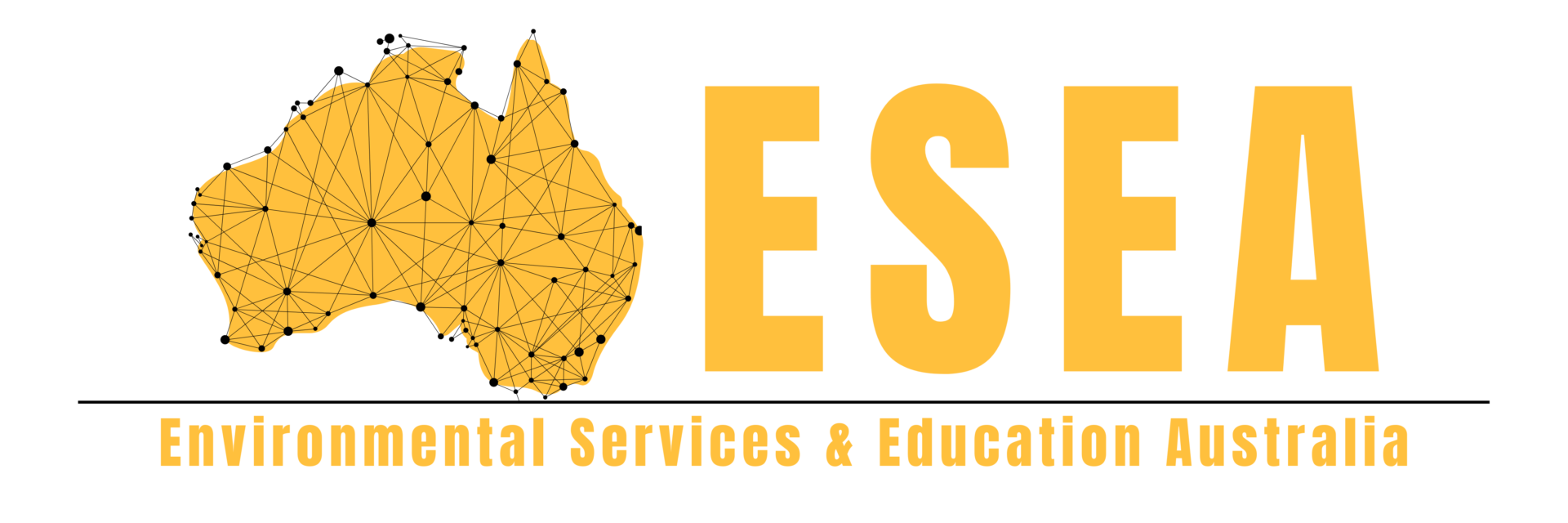Nest Box and Artifical Habitat Installation
We are leaders in
Artificial Habitat Installation
In Australia over 300 native animals utilise tree hollows. Typical hollow-dependent wildlife includes micro-bats, possums, gliders, owls, parrots, antechinus, ducks, rosellas and kingfishers as well as snakes, frogs and skinks. Many species that use hollows have been listed as Threatened under the NSW Biodiversity Conservation Act 2016. Large hollows that are preferentially selected by larger species, such as owls, are often a limited resource in a forest and woodland landscape. Such large hollows generally take up to 250 years to form within mature trees.
Hollows are usually lost during vegetation clearing for various developments (residential, industrial, mining, agricultural etc). Environmental approvals may require that lost habitat is replaced elsewhere on the site or augmented (i.e. with nest boxes). An alternative approach is to re-use natural hollows rather than installing artificial habitat and chipping the valuable natural resource.
ESEA partners with leading artificial habitat engineering firms to deliver nature-positive outcomes for threatened species. This helps create, enhance and manage habitats suited to individual species and ecological communities. Our combined work is backed by science and our expert understanding of the complexity of Australia’s native habitats. ESEA has also formed partnerships with leading Sydney-based arborists to streamline works and ensure that all the necessary equipment is available to install new artificial habitat. Be it a single nest box, or the relocation of entire hollow-bearing tree sections – we can do it.
Artificial Nest Box
Hollows are usually lost during vegetation clearing for various developments (residential, industrial, mining, agricultural etc). Environmental approvals may require that lost habitat is replaced elsewhere on the site or augmented (i.e. with nest boxes).
Unlike most other consultancies, which use cheap wooden nest boxes with poor thermal properties and low levels of success, ESEA uses state-of-the-art modular nest boxes. These have a stackable design and multiple entry configurations to suit a range of species, delivering the diversity of nature. The nest boxes used by ESEA are backed by extensive research which indicates that they are thermally stable and mimic natural tree hollows.
Relocation of Large Tree Hollows
Tree hollows are critical habitats for a wide range of threatened species, including birds, mammals, reptiles, and invertebrates. Unfortunately, the removal of old-growth trees for various reasons has led to a significant decline in their availability. To mitigate this loss and protect vulnerable species, conservationists have turned to the innovative practice of relocating large tree hollows. The re-use of large hollows has been demonstrated to provide higher potential for uptake success by comparison to artificial nest boxes.
Relocating a tree hollow is a complex and delicate operation that involves several steps:
- Identification: Suitable hollows are identified in trees slated for removal
- Extraction: The hollow section is carefully removed, often requiring specialised equipment and techniques.
- Preparation: The extracted hollow is cleaned and treated to prevent decay and insect/fungal infestation.
- Installation: The hollow is placed in a suitable recipient tree, often using cranes and specialised equipment.
- Monitoring: The relocated hollow is monitored to assess its acceptance by target species and to identify any potential issues.
While challenging, the relocation of large tree hollows offers several potential benefits: primarily, it helps maintain critical habitat for threatened species. It also aids population recovery by retaining high-quality, thermally stable shelter, which can contribute to improved reproductive success and therefore greater population growth.
ESEA are one of the few environmental consultancies in NSW with capacity to undertake large-hollow relocation and installation. Our practises are based on current best-practise methodology, and are achievable thanks to our close relationship with some of Sydney’s leading arboriculture firms.
Artificial Marsupial Dens
Artificial marsupial dens are structures designed to mimic the natural shelters relied on by many of Australia’s threatened marsupial species. With increasing habitat loss and degradation, these dens are becoming increasingly rare, but are crucial for the survival of these species. Artificial dens are typically constructed from materials like recycled plastic, wood, or concrete to provide a secure and thermally stable environment. They are often placed in areas with suitable vegetation and food sources and are blended into the surrounding environment with rocks and vegetation plantings.
ESEA can help select and install dens that accurately mimic natural conditions that are crucial for successful occupancy. We conduct regular monitoring of our artificial dens to assess den usage, identify potential issues, and make necessary adjustments.
Consulting
Committed To Quality
Environmental consulting is a dynamic field that requires adaptability and a commitment to ongoing improvement. At ESEA, we embrace a culture of continuous learning and improvement, allowing us to stay at the forefront of industry best practices.
Choose ESEA for environmental consulting services that go beyond mere compliance – we’re your partner in building a sustainable and resilient future.
We Follow Best Practices
We stay abreast of the latest regulations and practices to ensure our clients receive the most accurate and up-to-date guidance, ensuring that your project remains in full compliance with all relevant laws and regulations.
- Quality Outputs
- Optimal Solutions
- Efficient Timelines

